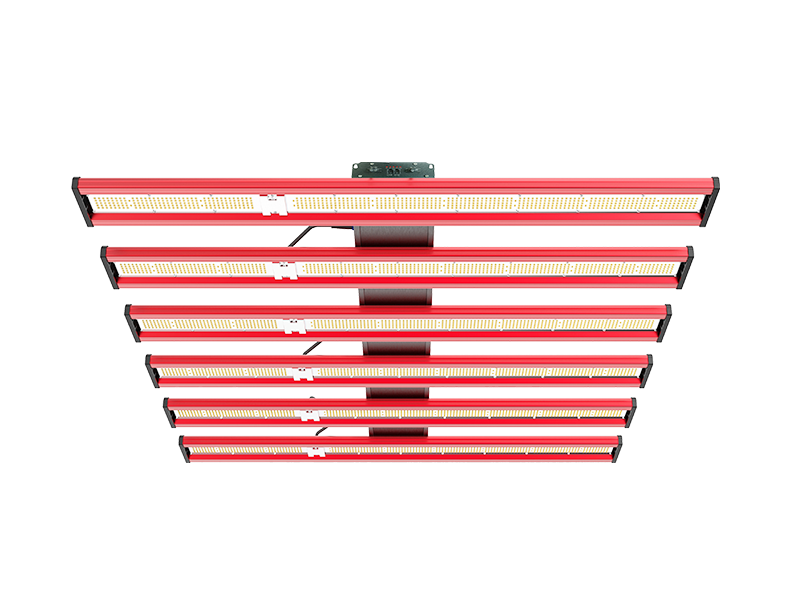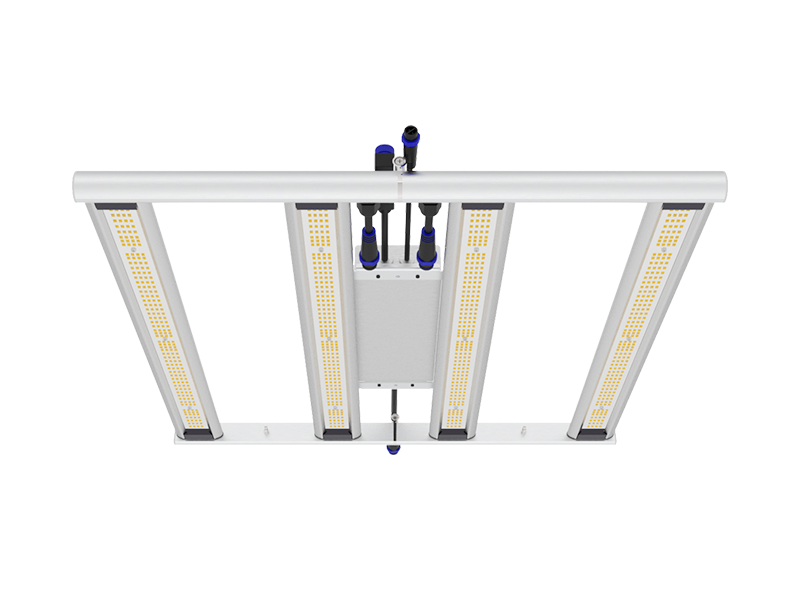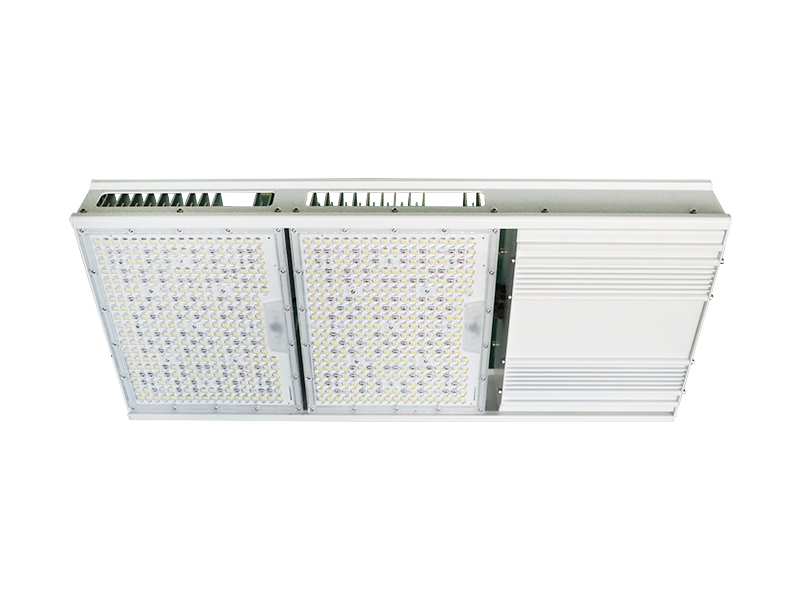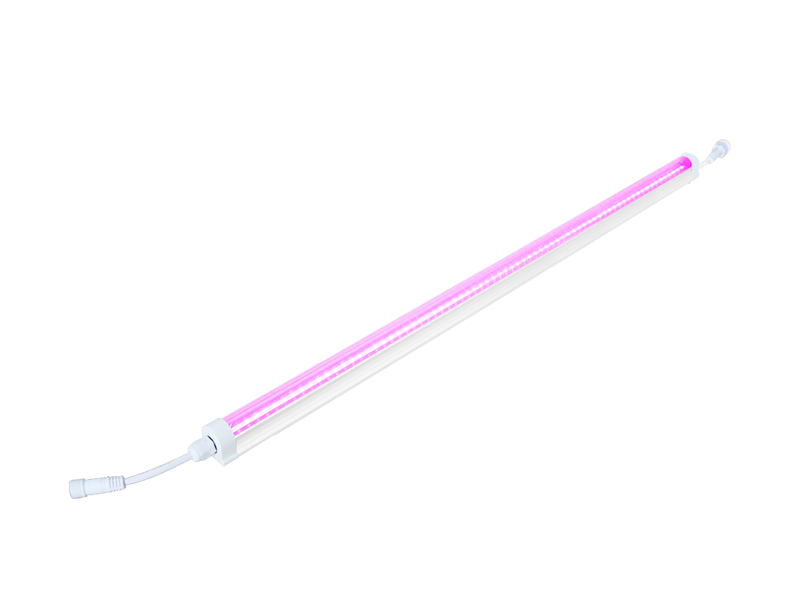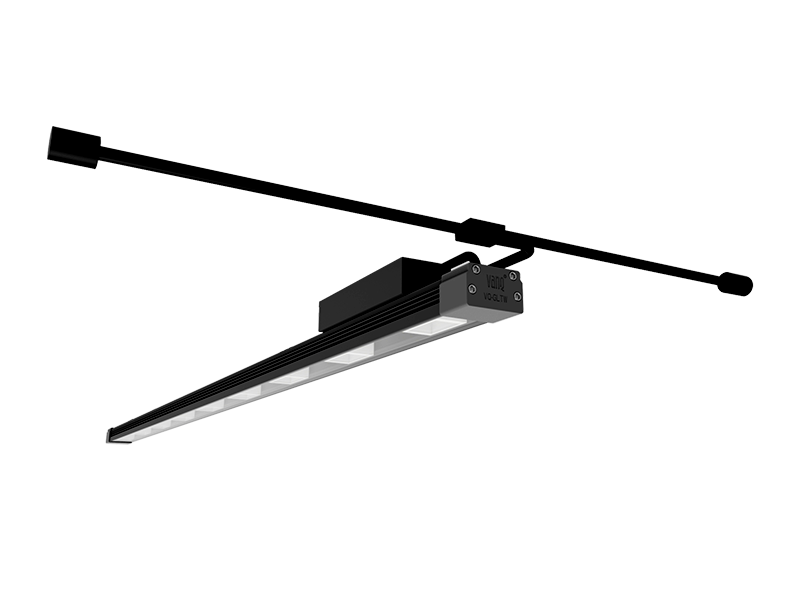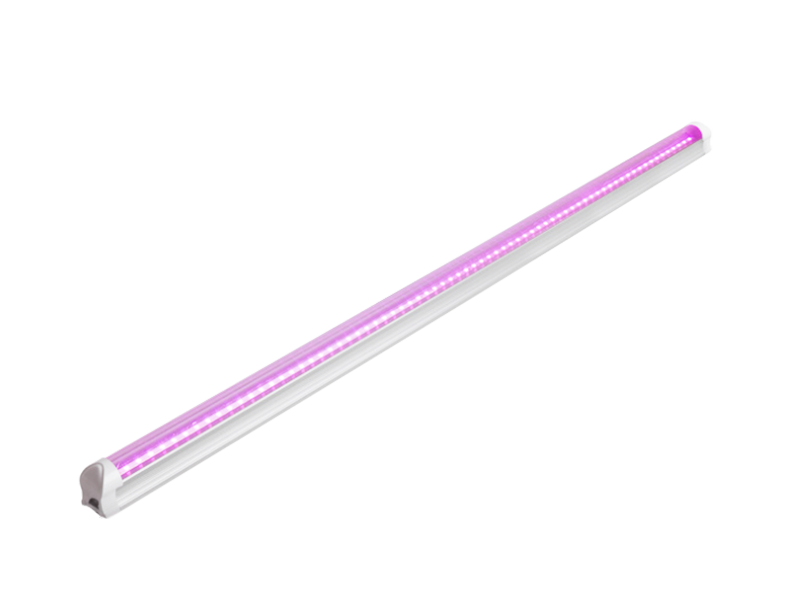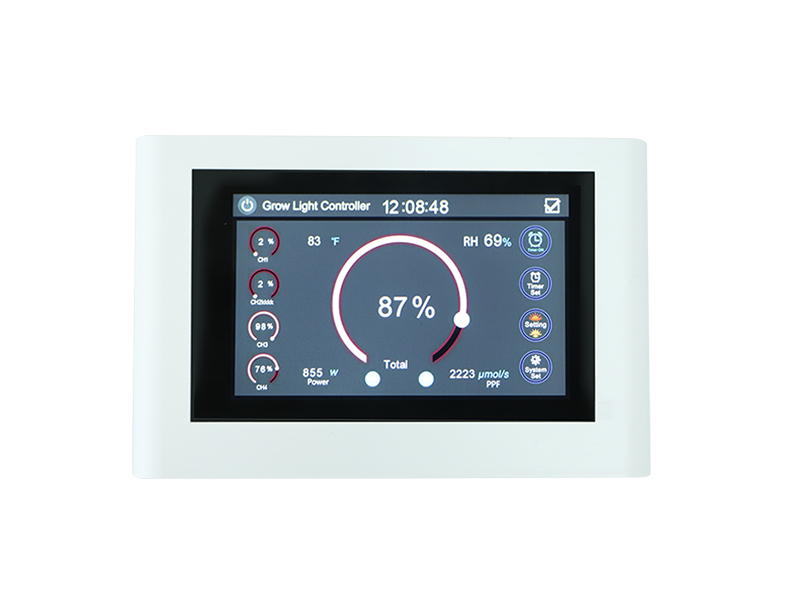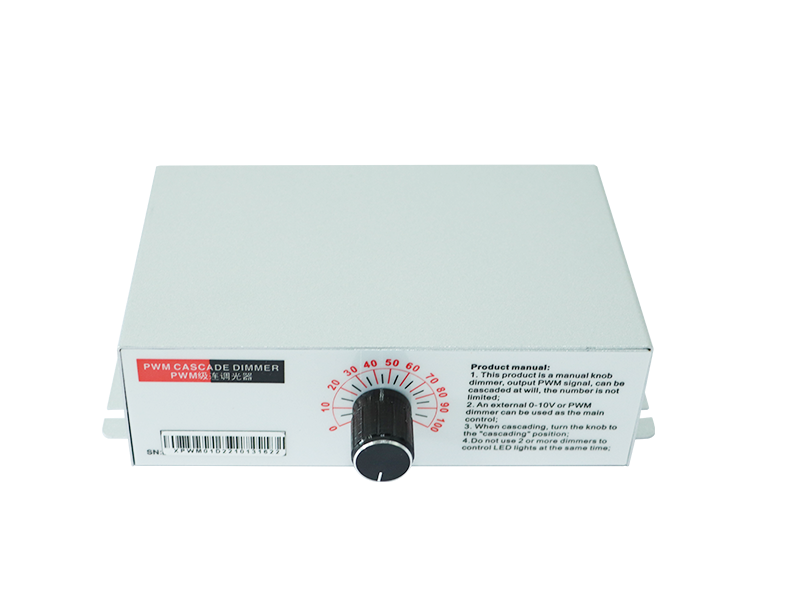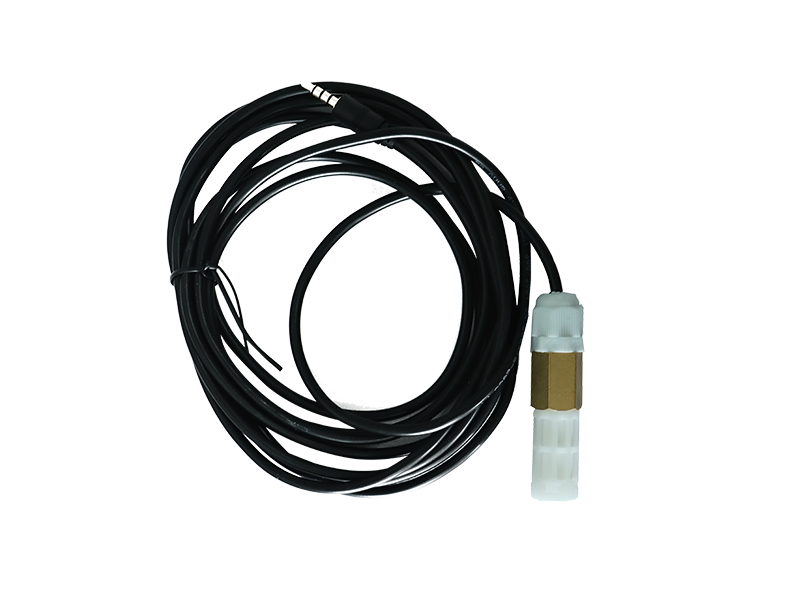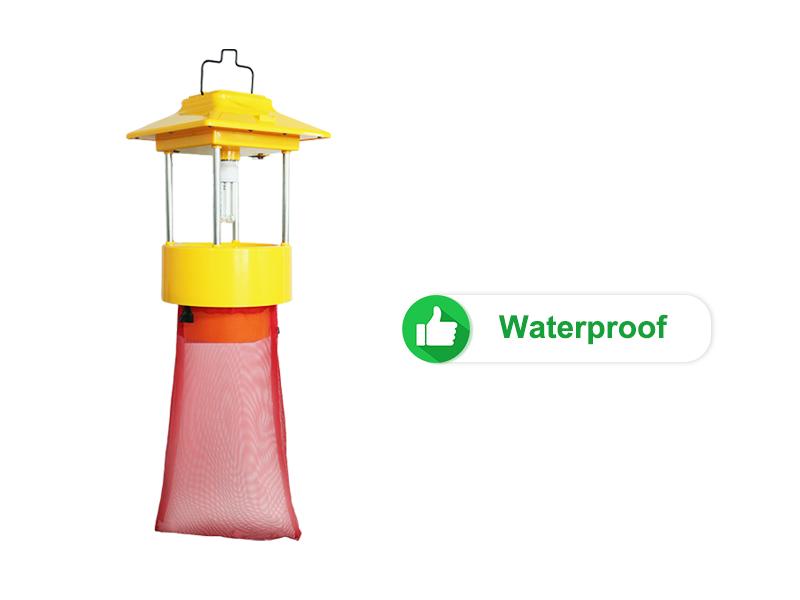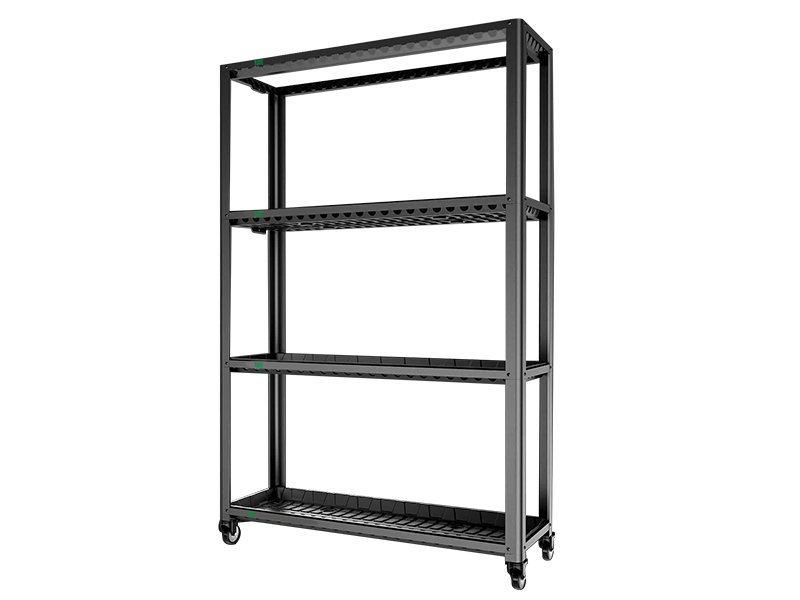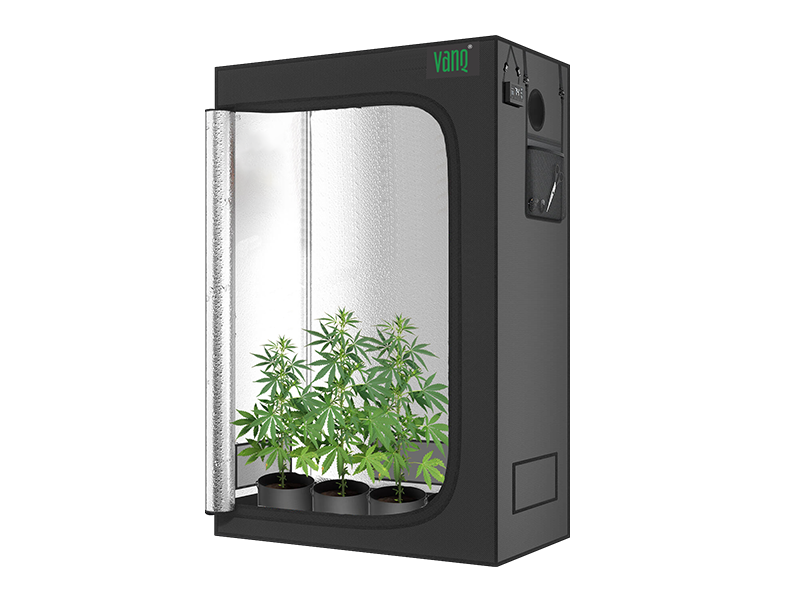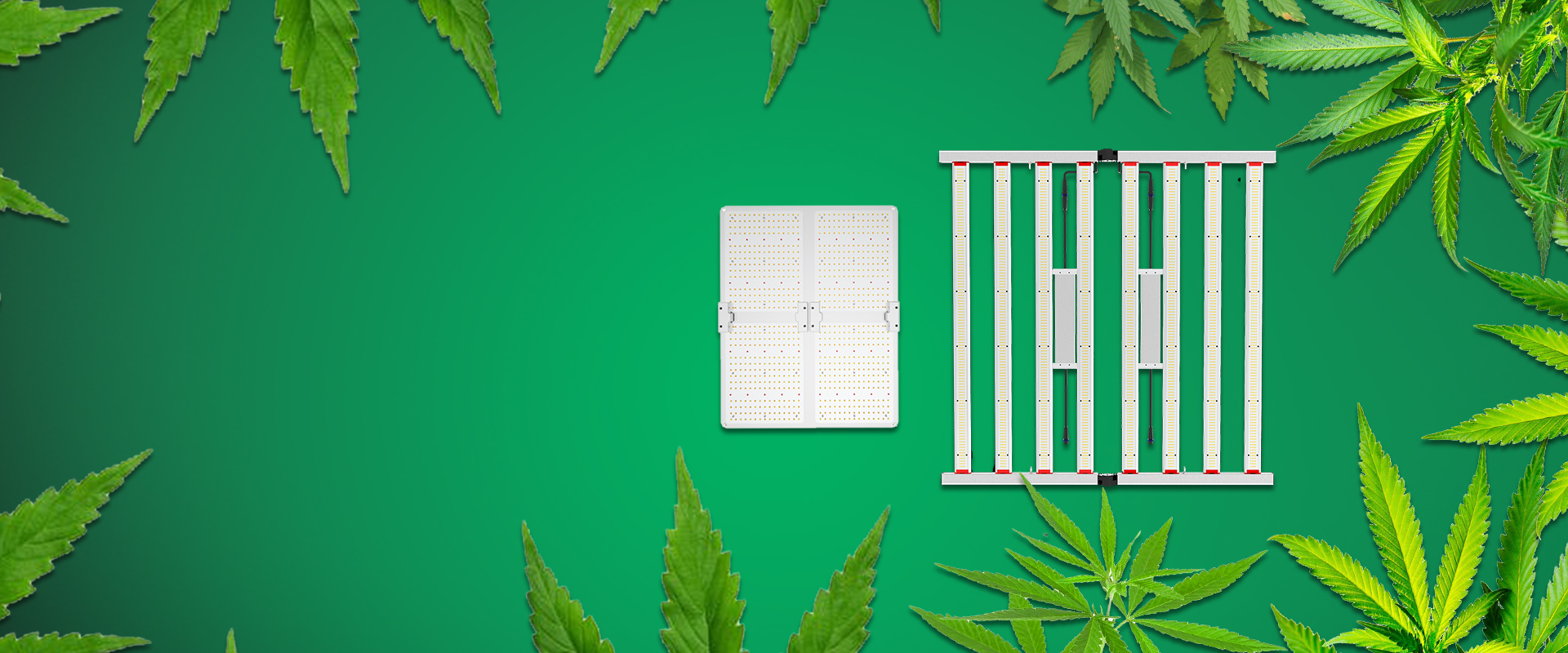What exactly is topping?
Topping refers to the removal of the terminal growth point of the cannabis plant. Why is this technique employed? Is it true that without topping, the plant cannot grow healthily? In fact, the purpose of topping is to compel the plant to redistribute its nutrients, rather than directing all growth energy to the top of the main stem at once.
What are the outcomes of this practice? Simply put, you no longer rely solely on that single dominant stem; instead, you encourage multiple lateral branches to thrive, ultimately increasing the overall number of flowering sites and yields.
What are the benefits of topping?

1.Encouraging branching and increasing yields:
After topping, the growth focus of the plant shifts from the top of the main stem to the lateral branches, which means that more side shoots obtain opportunities for growth. Multiple branches translate into various income sources, leading to an increased final count of flower sites.
2. Improving light penetration:
Light can only reach the top of the plant, but after topping, the lateral branches will flourish, resulting in a wider and flatter overall plant structure. Consequently, light will distribute more evenly throughout every area.
3. Enhancing air circulation:
After topping, the distribution of the plant's foliage becomes more uniform, creating a more open canopy. This improved airflow not only reduces the risk of mold growth but also promotes healthier plant development.
How to Top Cannabis Plants for Maximum Yield: A Step-by-Step Guide

Topping is most effective when the plant is in a vigorous growth phase, typically after the plant has transitioned into the vegetative stage, which occurs once the cannabis plant has developed 4 to 6 sets of true leaves.
Now that you are aware of the ideal timing for topping cannabis, how do you execute it correctly?
Step One: Locate the Correct Area
The first step in topping is to identify the right cutting position by locating the plant's apical meristem, commonly referred to as the terminal bud, where new growth is most concentrated. Once the terminal bud is located, pinpoint the node directly beneath it; this node will be where new growth will occur after topping.
Step Two: Prepare and Sanitize Your Tools
Before proceeding, it's crucial to be prepared. Ensure that the scissors or pruning shears you are using are sharp and sanitized. In addition to tool sanitation, it is advisable to wear long-sleeved clothing and nitrile gloves to protect your skin from the sticky resin that may exude from the stems. Additionally, have a garbage bag ready for disposing of the unwanted terminal bud portions.
Step Three: Cutting the Stem
We have now reached a crucial step: cutting the stem.
Carefully make the cut just above the node, removing the entire top portion of the plant. If you're uncertain about how much to cut, a common guideline is to remove approximately 20-30% of the plant's height. This ensures that you are removing enough material to encourage significant new growth while avoiding excessive stress on the plant.
It is advisable to prune at a 45-degree angle, as this promotes rapid healing and minimizes moisture accumulation on the cut surface, thereby reducing the risk of rot or infection.
Step Four: Monitoring the Plant
After topping, the plant will need some time to recover its growth, and your task is not yet complete. Carefully observe the plant for any signs of stress or damage. After topping, it is normal for the plant to exhibit wilting or drooping—do not worry, as this is typical and will resolve in a few days.
Within one to two weeks, you should begin to see new growth emerging from the nodes below the topping point, indicating that the plant has successfully recovered and is starting to produce new branches.


